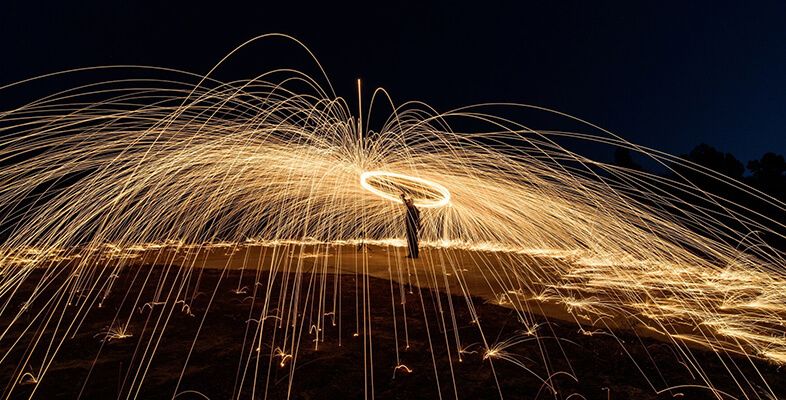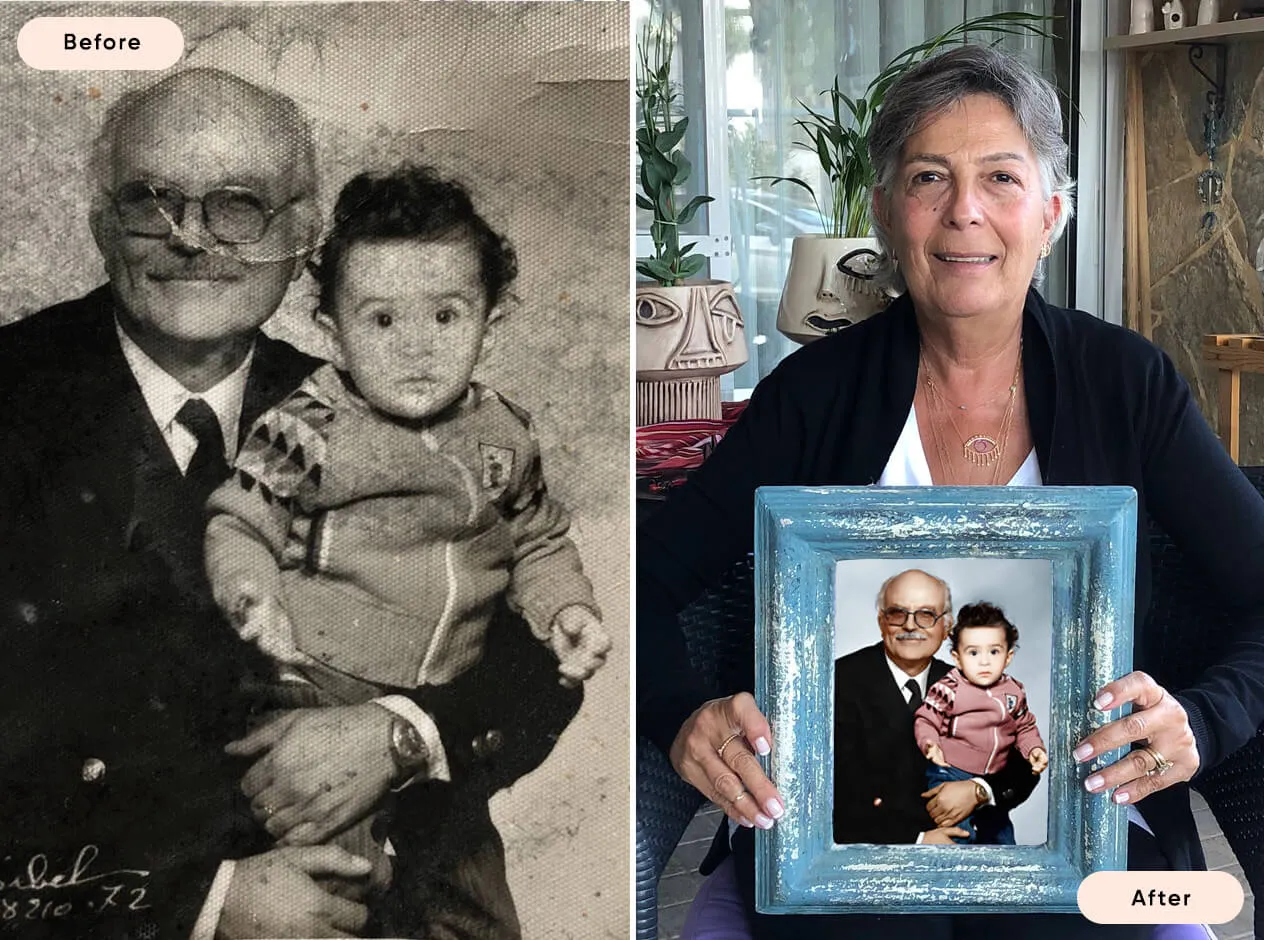Long Exposure Photography
Long exposure photography is a captivating technique that allows photographers to capture the passage of time in a single image. By using extended shutter speeds, this method can create stunning effects, such as silky smooth waterfalls, streaking car lights, and ethereal night skies. This article will explore what long exposure photography is, when to use it, the essential gear needed, and a step-by-step guide to capturing breathtaking long exposure photos.
What is Long Exposure Photography?
Long exposure photography involves using slow shutter speeds to capture a scene over an extended period. Unlike standard photography, which freezes a moment in time, long exposure photography accumulates light and movement, resulting in unique and often surreal images. Shutter speeds can range from a few seconds to several minutes, depending on the desired effect and lighting conditions.
When is the Long Exposure Technique Useful?
Long exposure photography is particularly useful in various scenarios to achieve specific creative effects:
Landscapes: Capture the smooth, flowing motion of water in rivers, waterfalls, and oceans. Long exposures can also create a dreamy, misty effect in moving clouds.
Night Photography: Perfect for astrophotography, capturing star trails, and creating light trails from moving vehicles. Long exposures can also enhance cityscapes by highlighting illuminated buildings and streetlights.
Light Painting: Use long exposure to create intricate light patterns and designs with handheld light sources like flashlights or sparklers.
Motion Blur: Capture the motion of people, animals, or objects while keeping the surrounding environment sharp. This technique adds a dynamic element to street photography, sports, and wildlife shots.
Minimalist Photography: Simplify a scene by smoothing out water and clouds, creating a minimalist and serene composition.

Essential Gear for Long Exposure Images
To achieve high-quality long exposure photos, certain gear is essential:
Camera with Manual Mode: A DSLR or mirrorless camera that allows manual control over shutter speed, aperture, and ISO.
Tripod: Stability is crucial for long exposures. A sturdy tripod prevents camera shake, ensuring sharp images.
Neutral Density (ND) Filters: These filters reduce the amount of light entering the lens, allowing for longer exposure times even in bright conditions.
Remote Shutter Release: Minimizes camera shake caused by pressing the shutter button. Some cameras also offer built-in timer functions as an alternative.
Lens Hood: Reduces lens flare and protects the lens from stray light.
Extra Batteries and Memory Cards: Long exposure sessions can drain batteries quickly, and large files require ample storage.
How to Capture Long Exposure Photos: A Step-by-Step Approach
Follow these steps to capture stunning long exposure images:
Choose the Right Location and Time: Scout locations with interesting moving elements like water, clouds, or lights. Early morning or late evening light is often ideal for long exposures due to lower light levels.
Set Up Your Gear: Attach your camera to a tripod and compose your shot. Use a lens hood to prevent flare and attach an ND filter if necessary.
Switch to Manual Mode: Set your camera to manual mode (M) to control shutter speed, aperture, and ISO. Start with a low ISO (100 or 200) to reduce noise.
Select the Shutter Speed: Choose a slow shutter speed based on the effect you want to achieve. For water or cloud movement, start with 1-2 seconds and adjust as needed. For light trails, try 10-30 seconds or longer.
Adjust the Aperture: Set a narrow aperture (higher f-number) to ensure a deep depth of field and sharp focus. An aperture of f/8 to f/16 is often suitable.
Focus Manually: Use manual focus to ensure precise focusing. Autofocus can struggle in low light or with ND filters attached.
Use a Remote Shutter Release: Press the remote shutter release or use the camera's timer to start the exposure. This minimizes camera shake.
Review and Adjust: Check the exposure on your camera’s LCD screen. If the image is too bright or dark, adjust the shutter speed, aperture, or ISO accordingly.
Experiment with Settings: Don’t be afraid to experiment with different settings. Vary the shutter speed, try different compositions, and use multiple exposures to achieve the desired effect.
Post-Processing: Edit your photos using software like Adobe Lightroom or Photoshop. Adjust exposure, contrast, and colors, and reduce noise to enhance your images.

Conclusion
Long exposure photography opens up a world of creative possibilities, allowing you to capture scenes in a unique and dynamic way. By understanding the technique, using the right gear, and following a structured approach, you can create stunning images that showcase the beauty of motion and time. Whether you’re shooting landscapes, cityscapes, or night scenes, mastering long exposure photography will elevate your photographic skills and artistic expression.

Or Get YourMoney Back
back your money in the rare case you are not satisfied with the quality of your
damage-free pictures. Only $38 for most image restorations regardless of damage

All rights reserved.